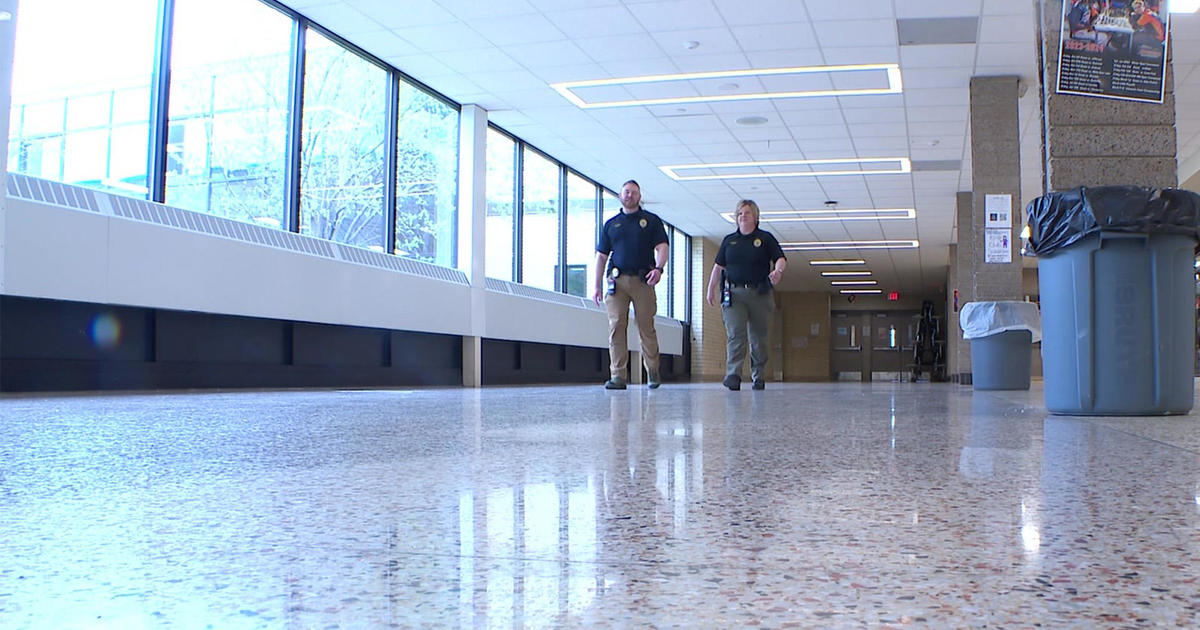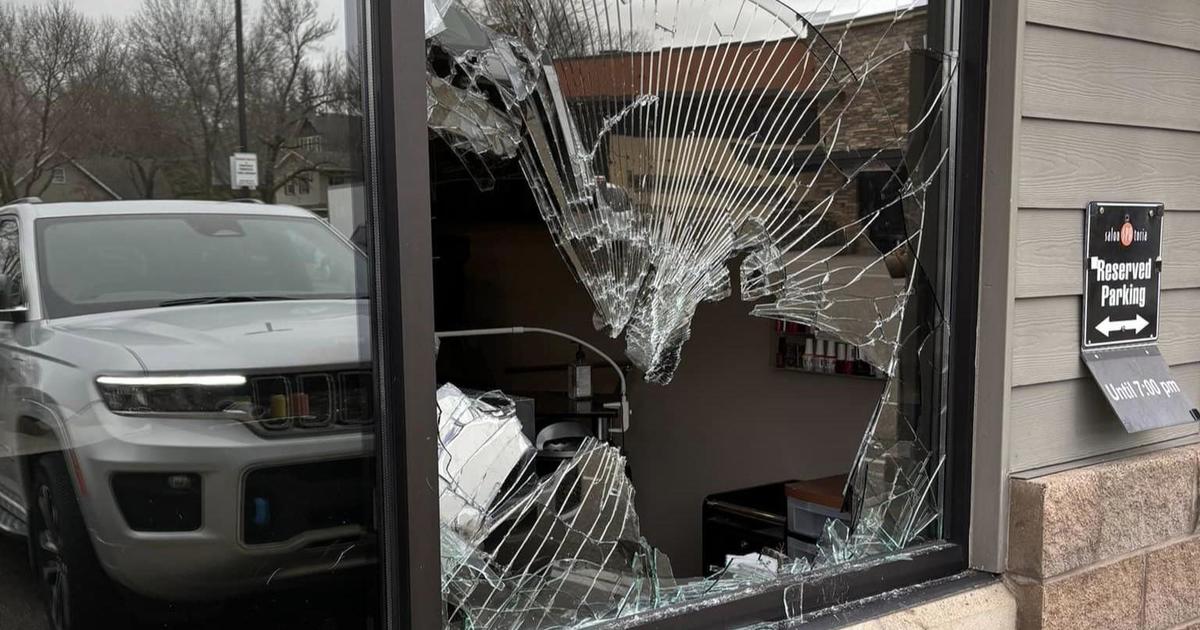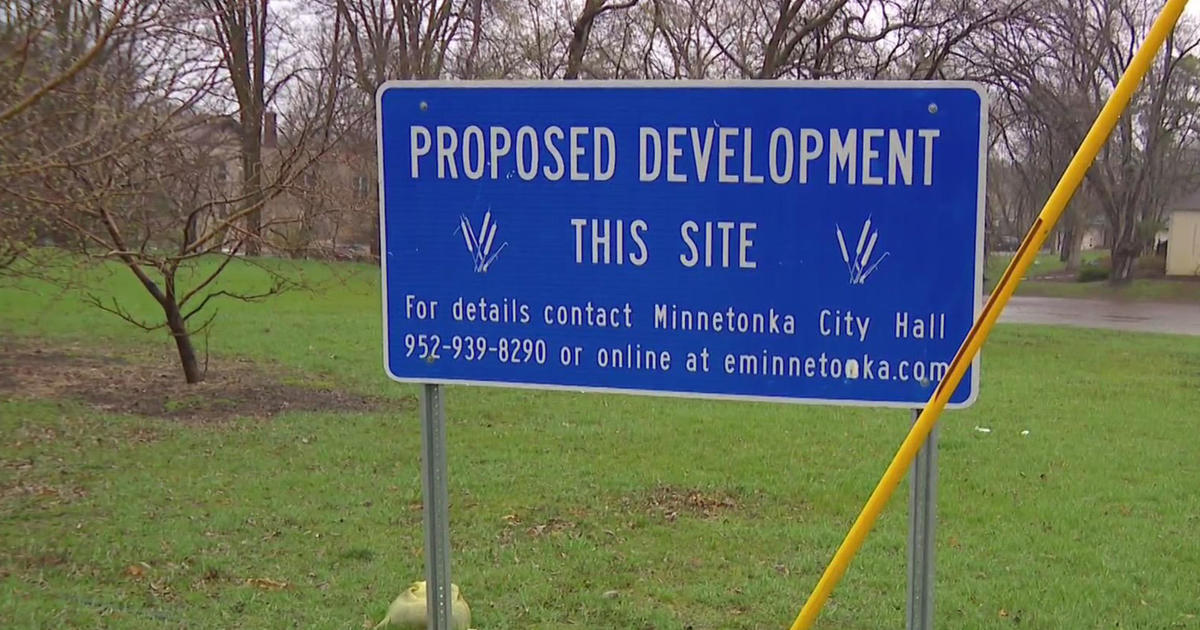Movie Blog: Top 10 Hitchcock Setpieces
As I wrote a couple weeks back, composer Bernard Herrmann is at the center of the film and art worlds this April, as his film works are being presented at the Trylon Microcinema and Riverview, including a screening of Psycho at the latter this evening. (Click here to see the full Herrmann program.)
As if that wasn't enough, Herrmann's also seeing his one and only opera being given its near-premiere production at the Ordway. More about Wuthering Heights later this week.
Though Herrmann's body of work in the world of film is rich and more versatile than he often gets credit for (compare The Devil and Daniel Webster against Taxi Driver and come back to me), it's his work with Alfred Hitchcock that commands attention.
And that's in part because Hitchcock was one of the best at letting the elements of his craft -- including, yes, the musical score -- dictate the emotional and intellectual thrust of his works.
Hitchcock's best movies are like creamy bonbons, with velvety entertainment masking a molasses center of dread, obsession and Freudian pitfalls. If Hitchcock is even today considered the consummate movie director, it's because he's been one of the most successful at synthesizing his own stylistic and psychological concerns within easily digestible thrill machines. They're sugar and medicine all wrapped up into one.
Hitchcock is also a master of set-pieces, and excels when he lets his visuals do the talking. (Many argue Brian De Palma has made a career out of attempts to recreate the neo-silent movie magnificence of Hitchcock's works, though De Palma's unjustly maligned movies often operate on an entirely new set of fevered obsessions.)
Here are 10 of the greatest examples of Hitchcock knowingly showing off, in chronological order:
• Sabotage (1936), Deadly package. Hitchcock often talked about his bomb theory and how it differentiates shock from suspense. In his classic British shocker, he builds an awful lot of suspense by making the audience wonder whether or not he'll really let that bomb a young boy is unwittingly carting around London actually go off in his presence.
• Foreign Correspondent (1940), Wrong-way windmill. Joel McCrea can't quite put his finger on what's odd about that countryside windmill, but like a dream coming together immediately upon waking up, the pieces eventually come together. A visual clue becomes a concrete plot device.
• Notorious (1946), Zeroing in on the key. An incredibly dense party is gradually stripped away as Hitchcock's mobile camera slowly, inexorably zeroes in the key Ingrid Bergman is trying to keep hidden, economically indicating just how difficult it's going to be for Bergman to steal away from the hubbub.
• Strangers on a Train (1951), Merry-go-round broke down. The cross-cutting between the tennis match and a lost lighter is often cited as this double-crossing thriller's most notable set-piece, but I prefer the libidinous, way-beyond-suggestive climax between two star-crossed schemers, with violence erupting amid downright lasciviously bucking carousel horses.
• Rear Window (1954), Pretty much the entire movie. There are certainly brilliant individual sequences, including but not limited to Grace Kelly breaking and entering into the apartment of the man her boyfriend James Stewart thinks is a murderer. But really, the entire movie is a set-piece, with Stewart making characters up in his head to pass away the time.
• The Man Who Knew Too Much (1956), Cymbals poised. No other sequence in Hitchcock's career seems so candidly about its own flamboyant technical dexterity. The audience is shamelessly primed to fear the moment those engorged cymbals signal a murder at Royal Albert Hall.
• North By Northwest (1972), Crop duster. 'Nuff said.
• Psycho (1960), Cleaning up. The shower scene changed movie history, no doubt, but it's the sequence that follows that's truly subversive. As poor little Mama's boy Norman Bates cleans up after his mother's mess, you can't help but feel sorry for the man covering up a crime. Audience sympathies dutifully altered.
• The Birds (1963), The jungle gym. The movie is nothing if not a parade of Hitchcock set-pieces, which probably explains why it was so beloved by Sarris and other auteurist critics and disregarded by many others. Of all the movie's deceptively bright, daytime nightmares, nothing tops Tippi Hedren's endless smoke break as birds slowly gather one-by-one behind her.
• Frenzy (1972), Camera backs away from murder. A nicely suggestive coda for Hitchcock's career (he only made one more film after), with unspeakable violence capped by an exquisitely elegant cinematic retraction.



